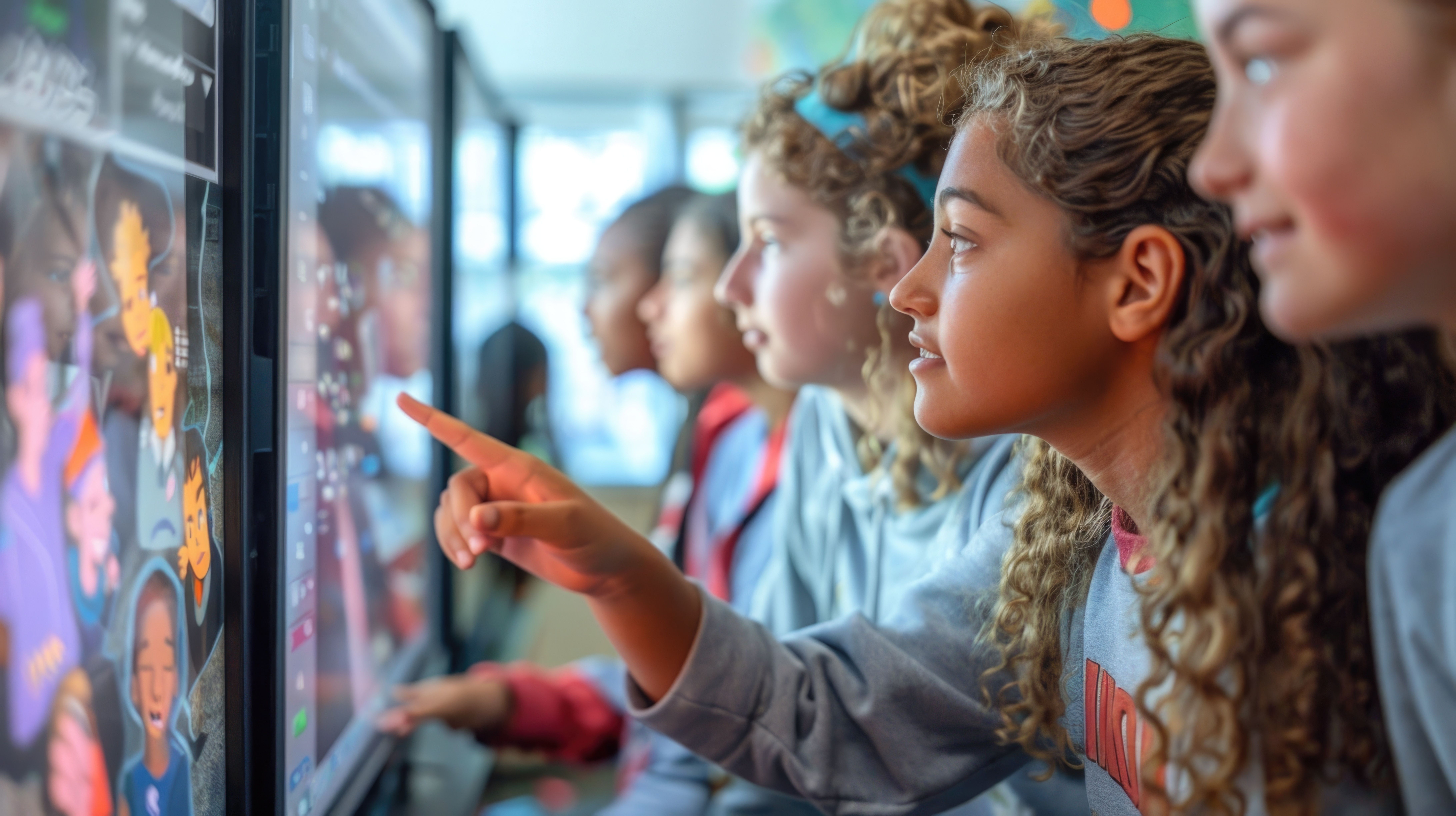Every student deserves a learning environment that’s engaging, equitable, and responsive to their needs. For many, that vision largely depends on the tools we provide. Technology can be a bridge or a barrier, and for too long, it’s leaned toward the latter for students with disabilities, language differences, or nontraditional learning needs.
Accessible educational technology is changing that. Schools are recognizing that when tech is thoughtfully designed and implemented, it doesn’t just benefit a small group—it enriches the learning environment for everyone.
Inclusion Benefits All Students—Not Just Those with Special Needs
One of the most persistent myths about inclusive education is that it somehow dilutes learning for students without disabilities. Research, however, shows the opposite. A 2024 study found that students in inclusive classrooms often perform as well as or better than their peers in more traditional settings. Further, when students of varying abilities learned alongside each other—with the right supports in place—it fostered collaboration, empathy, and academic growth across the board.
All of this plays a critical role in every learner’s social and emotional development. Researchers have seen a stronger sense of belonging and acceptance in settings where students with disabilities are actively participating in the life of the classroom and not just physically present. At the same time, this gives their peers a valuable opportunity to develop more compassion and social awareness. For schools moving toward whole-child approaches to education, these benefits are essential.
Inclusive learning environments promote positive peer interactions and build a culture of respect that benefits an entire school community.
Beyond Compliance and Toward Connection
There was a time when accessibility in edtech was mostly about checking legal boxes: Is this WCAG compliant? Does it offer alt text? Can a screen reader navigate it?
Although those are still critical questions, they’re now a starting point rather than a goal, and that’s a good thing because true accessibility is about connection. Can students participate fully, express their ideas, and engage with content in a way that feels natural and empowering? These are the boxes that need to be checked.
Accessible classroom technology should never feel like an accommodation. It should feel like good design that benefits everyone. A captioned video helps students with hearing loss, but it also helps students who are trying to watch it in a noisy cafeteria, or learning English, or aren’t aware of how some words are spelled.
When EdTech Misses the Mark
Many classrooms now operate with 1:1 devices, learning management systems, and interactive platforms, but access alone doesn’t guarantee equity. In a 2023 national survey by Education Week, nearly one in five educators said their 1:1 device programs weren’t aligned with how instruction actually happens—and while most teachers had access to technology, only 73% felt it was actually improving learning.
For students who rely on specific accessibility features like captions, screen readers, translation tools, or visual supports, those misalignments can mean the difference between engagement and exclusion.
Good Classroom Audio Improves Learning for All Students
Audiometric testing from the CDC’s NHANES data found that about 15% of adolescents aged 12 to 19 show measurable hearing loss of at least 16 dB in one or both ears. That’s nearly one in six students potentially missing key moments in class without even realizing it. Modern classroom microphones that amplify teacher voices help students with known hearing differences, of course, but they also improve comprehension for those with hearing loss that hasn’t been diagnosed.
Classroom audio systems like FrontRow ezRoom, UNITY, and Juno are becoming essential infrastructure. They deliver clear, even sound to every corner of the room, and support pass-around mics that give students a voice as well.
They also address a growing concern among teachers: chronic voice issues. A 2021 study found that up to 71% of teachers experience symptoms like hoarseness, pain, or vocal fatigue due to poor acoustics and overuse. When classrooms are designed to be acoustically inclusive, teachers feel supported, students stay engaged, and schools function more smoothly.
Assistive Technologies Foster Student Independence
When implemented with intention, assistive technologies remove barriers and open long-closed doors. Tools like screen readers, text-to-speech applications, alternative input devices, and AAC (augmentative and alternative communication) systems can significantly improve learning outcomes for students with disabilities. When those tools are integrated into daily classroom routines, they have been found to:
- Support expanded access to curriculum content
- Foster student autonomy and self-esteem
- Empower students to better navigate their learning environments
- Improve student engagement and participation
What Schools Can Do Right Now
Inclusive design starts by looking at real-world use. Assess where students are disengaging and ask: is this a behavioral issue, or is it a design issue? Implement tools that work in diverse classrooms. Invest in professional learning that helps teachers confidently support all students and not just those who do fine with traditional instruction.
Accessible edtech isn’t a luxury; it’s infrastructure. It’s a statement about who belongs in your classrooms and who gets to thrive there. For schools looking to move forward, the question isn’t whether to invest in accessible tools. It’s how you will build systems that work better for everyone.
